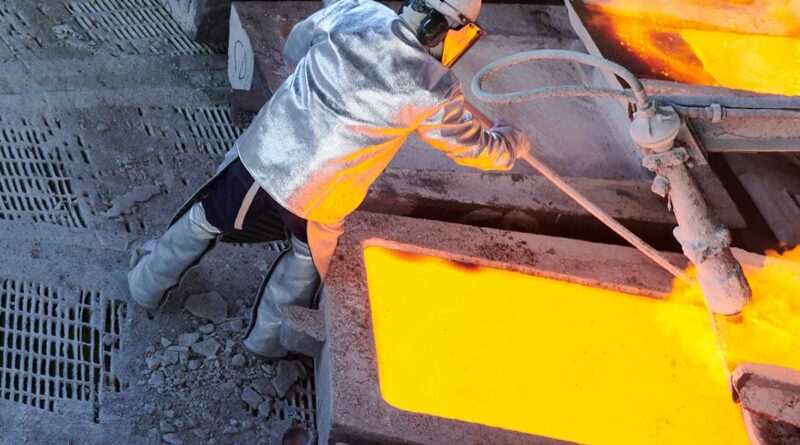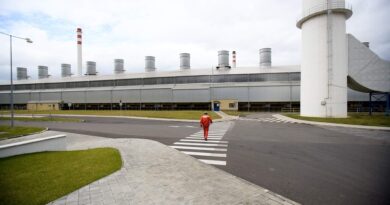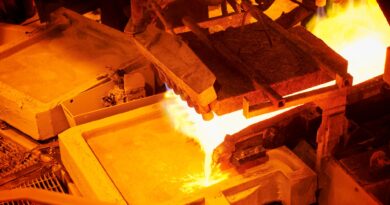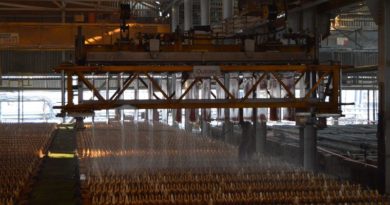Roskill to release copper outlook up to 2030
According to a Roskill preliminary update, LME copper prices fell 27% from $6,301/t in January to $4,617/t in March. But a steady recovery saw prices regaining the pre COVID-19 high in late July, completing a full recovery in just six months and have since risen to above $6,700/t, a two year high.
A significant 40% fall in visible industry stocks has raised concerns about near term metal availability. Prices appear set to move higher in the remainder of 2020.
Copper’s unique end use market characteristics, and its large exposure to the dynamic rebounding Chinese economy, have limited the impact of COVID-19 on world demand. A solid recovery in Chinese offtake will largely offset a steeper and more protracted fall in the Rest of the World.
Moreover, the dwindling availability of scrap, which was badly disrupted by a combination of COVID-19, lower prices and quotas, have ensured cathode sales stayed very strong, limiting the effect on refined producers, wrote Roskill in its release.
Only China and two other Asian economies will see increased demand in 2020 while every other country will experience a decline. There is a significant correlation between the number of infections, the degree of economic disturbance and the effect on demand.
Nations with strong Chinese trading links and those furthest along the recovery path have been least affected. Those suffering a rising case numbers such as India and Brazil may see demand shocks of 25-30% in 2020 and take several years to recover.
The favourable combination of several factors resulted in a strong rebound in Chinese consumption in 2020. As the first major economy to overcome the virus, it has seen a strong sequential recovery across all end-use markets.
In addition, the government lifted investment in the State Power Grid by 20% to RMB450Bn. This saw a sharp rise in production at wire and cable makers, the main users of wire rod.
Accurate data on scrap is the least well-defined part of the global market. Roskill has derived the most accurate comprehensive time series of direct use scrap statistics for all major countries and regions.
Variations in the availability of scrap have important implications for cathode demand in periods of tight scrap supply which now prevail. This positive feedback loop explains the rapid price rebound this year.
The range of incremental demand gains might be realised from the rising intensity of the use of copper in electric vehicles and their infrastructure. Depending on the size and type of EV, content is set to double or triple compared to the usage in a normal automobile.




